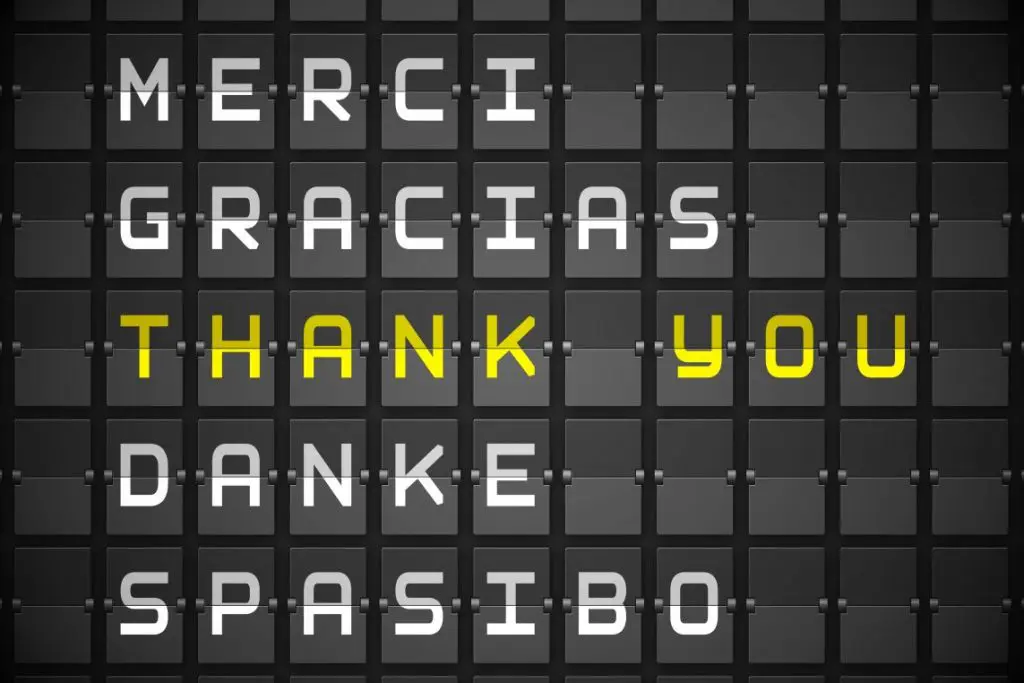German and Czech: Features of Translation
Anyone who translates documents from German to Czech, or vice versa, will often be asked about the differences between them, as these two languages do have many similarities. Therefore, we have decided to highlight three features, which are key to the translation of any text between these two languages.
-
Accents
Virtually everyone who has studied German, will in all likelihood be aware of their use of accents, most commonly through the two dots (umlaut) on selected vowels, effectively forming three new letters (ä, ö, ü). In Czech the hacek symbol is particularly common and is used on both vowels (such as á, é, í) and consonants (for instance š, ž, č). In both languages these accents can affect the meaning and pronunciation of words, so requires special attention when translating.
-
Cases
In German, four cases are used to give more information on the role of a noun in a sentence, these cases are the nominative, accusative, dative and genitive. Czech also has all of these cases as well as an additional three; the vocative, locative, and instrumental cases. The vocative case is used to address people, while the locative is always used with a preposition and the instrumental tends to express movement along with various other uses. This difference between the languages means that passages which use these cases cannot be directly translated into German, so must be reformulated.
-
Tenses
The future tense is normally formed in German via the use of an auxiliary verb, while the Czech language prefers to use just one verb, often simply leaving the present tense of the verb unchanged. In this case the context is the clue that the verb is being used in the future tense rather than the present. However, in Czech the past tense does use an auxiliary verb just as the perfect tense does in German. This should be kept in mind while translating any document between these languages.
Now that you know about the particular features of translation between German and Czech, why not take a look at our articles on the issues of translating between other pairs of languages.

